Travel Tips: Five Delicious Traditional Foods of Myanmar
When I traveled around Myanmar for one month recently, one of my great daily joys was eating traditional Burmese food. To be more accurate, I ate a variety of Burmese, Shan, Indian, Nepali and Chinese foods. Throughout my visit I continually discovered new delicious foods to try. It was a lot of fun.
If you’re planning to visit Myanmar, I highly recommend trying out as many local dishes as you can.
To get you started, here are five of my favorite dishes:
Mohenga
Mohenga is a tasty noodle soup in a thickish broth, generally eaten for breakfast. It’s served at road side food stalls, basic restaurants and more upscale restaurants. The flavor and seasonings vary from shop to shop, depending entirely on the skills and tastes of the cook. The price also varies from food stall to restaurant, from 300-700 kyat.
Mohenga is a Burmese dish. Local people describe mohenga as a fish noodle soup, but I certainly never tasted any fish flavor in the dozens of bowls that I ate around Myanmar. In any event, the soup begins with medium sized round white noodles and at the very minimal has a slightly thick sauce poured over it.
There’s egg in the broth itself and sometimes slices of boiled egg are also added to the soup. Usually one or two types of sliced vegetables and a few seasonings are added. The best mohenga I’ve eaten also has crunchy crackers, spring onions and other chunks tossed in.
Where to try it: In Mandalay, just around the corner from Royal Guest House is a small morning stall serving mohenga and several other dishes. It’s on 82st street, just north of 25th on the left / west side. This is the absolute best mohenga I had in Myanmar. 500 kyat.
price: 300-700 kyat / $0.35 – 0.70 US
Le Pe – Tea Leaf Salad
Le Pe is a delicious Burmese vegetable and nut salad. ‘Le Pe’ is actually the sauce mixed in with the salad. It’s essentially a pesto made of tea leaves instead of basil.
Like mohenga, le pe varies slightly from shop to shop. One Burmese woman told me it’s usually made with potatoes, but I never came across that type myself. The average price is 500 kyat.
The le pe (pronounced with short clipped vowels) salads that I ate consisted of sliced small green tomatoes, sliced raw cabbage, broad beans, sesame seeds, peanuts, a dash of squid sauce, oil and le pe.
All the ingredients are tossed together in a bowl then mixed together by hand (literally). Usually a few more nuts are tossed on top after the salad is placed a small plate. Eat it alone, with rice or as an accompaniment to your main meal.
Where to try: The best le pe I ate was at a small street-side shop in the old British hill station town of Pyu Oo Lwin, two hours from Mandalay up on the Shan Plateau. It is served at many Burmese restaurants.
price: average 500 kyat / $0.50 US
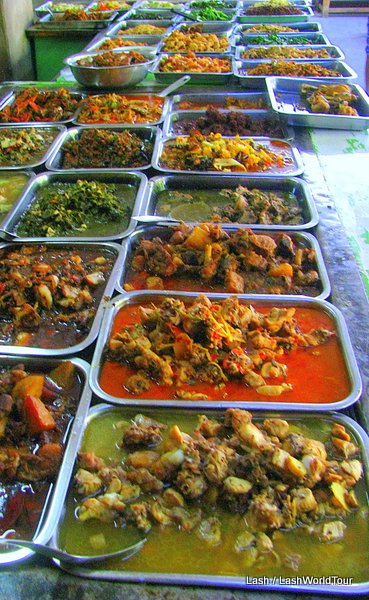 Shan Food
Shan Food
Shan and Burmese cuisines are very similar. At both Shan and Burmese restaurants several meat ‘curries’ and vegetable dishes are set out in big metal pots or serving trays, much like the Thai ‘mixed rice’ dishes, Indonesian ‘nasi campur’ and Chinese ‘economy rice’ shops found around SE Asia.
To be honest, I couldn’t really tell the difference by sight. A Burmese woman told me the flavors are slightly different and the Burmese cuisine is spicier than Shan.
In any event, you can identify Shan (or Burmese) restaurants by the big metal pots or smaller serving trays full of various dishes. To eat, you simply choose the dishes you want then sit down at a table to be served. The staff will usually bring each dish out in its own bowl.
You’ll be served soup, which is usually a very sour vegetable soup with either bamboo or Asian radish as the main ingredient. You might also be served a plate of freshly sliced vegetables, like carrots, cucumbers and various greens.
Shan and Burmese foods are very oily. The meat ‘curries, and usually the vegetables too, are literally swimming in pools of oil. Aside from that, the various dishes are quite tasty. The meat ‘curries’ are much more like meat in oily gravy than any Indian or Thai curries I know.
To minimize the oil overload, I usually pull the food out of its bowl as soon as it arrives at my table, let the oil drain off, then place it on the side of my dish of rice to let the remaining excess oil run off before eating it.
Where to try: In Mandalay, not far from Royal Guest House, is a small Shan restaurant district located around the intersection of 23rd and 84rd streets. The very large Lashio Ley Restaurant is on 23rd just east of 84rd. I found the prices rather steep so I never ate there.
My favorite Shan restaurant is a smaller shop located at the intersection just beside Rainbow restaurant & beer hall. This shop’s name is written only in Burmese, but you can identify it by its row of wooden folding doors.
Inside they have a huge selection of dishes, from 9 am – 9 pm. About 20 meat and 15-20 vegetable dishes await your selection. In 2013, a meal with 2 meats and 2 vegetables with rice and soup cost 1500 kyat. A meal of 1 meat & 1 vegetable costs 1000 kyat. Their food is very tasty.
For Burmese Food in Mandalay, Too Too Restaurant is quite famous among wealthier locals. I tried it out once but didn’t really like the flavors of their dishes. Perhaps I just selected the wrong ones for myself.
In any event, it’s quite expensive compared to other local meals. A single meat curry costs 3000 kyat. A meal of three vegetable dishes 2000-2500 kyat. You can run up a big tab there very quickly if you choose several dishes.
price: 800 – 2000 kyat / $0.80 – $2 US
Pork buns
Steamed pork buns are by no means exclusive to Myanmar. You can find them all over Thailand, Malaysia and Singapore. They are a type of Chinese dim sum that seems to be popular and widespread around SE Asia.
The pork buns served in Myanmar have a slightly different flavor and texture to those I’ve eaten in other countries, but are quite good in their own right. They are usually served for breakfast at a few tea shops. Look for the big round bamboo steamer baskets out front of a shop.
In Pyin Oo Lwin I also stumbled upon one tea shop that served chicken buns, red bean paste buns and coconut buns. They were all quite tasty. In Mandalay I noticed them at a few small tea shops.
Where to try: Some tea shops serve steamed buns in the mornings. Look for the stacked bamboo steamer baskets.
price: 250-500 kyat / $0.25-0.50 US
Noodle Soups
Noodle soups are extremely popular in Myanmar. There are many different types of noodles, broths and added ingredients. Very basic soups have only noodles and broth, no vegetables or meat. The more flavorful and elaborate soups have meat, vegetables, seasonings and perhaps some crunchy bits tossed on top.
I tried several different noodle soups and always found them very tasty. Although I asked for the soup names when I found one I especially liked, I could never really keep them all straight. Try some out and see which ones you like.
Where to try: You can identify noodle shops by the stacks of soup bowls and baskets or piles of noodles. Many tea shops, street stalls and various restaurants serve noodles.
Price: 300 kyat for basic noodles & broth / 500 or 600 kyat for soups with meat / $0.35-0.65 US
—————————————————————————————————————————————-
Note: Although I greatly enjoyed eating traditional foods in Myanmar, I must admit in all honesty that I did have many stomach upsets while eating at food stalls and small restaurants. I never figured out if it was from water, ice, meat or what. I never got seriously ill, just the good ole ‘traveler’s belly’. But I wanted to give a friendly warning before you plunge ahead into Myanmar’s delicious and varied cuisines.
Meanwhile, you might find the following posts about Myanmar useful:
2013 Travel Update for Myanmar
——————————————————————————————————————————————


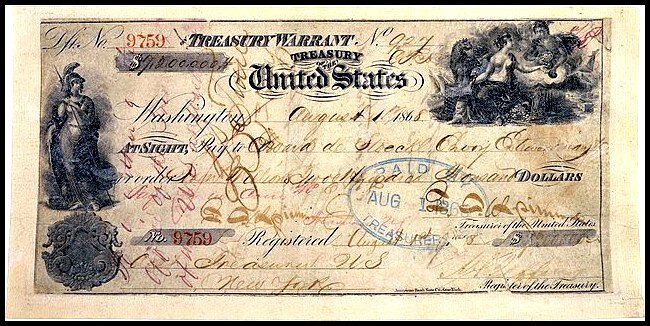




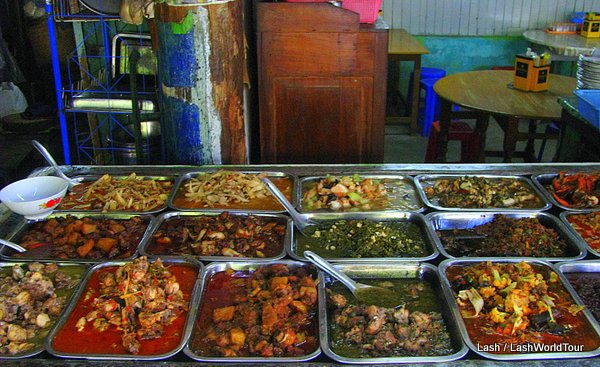
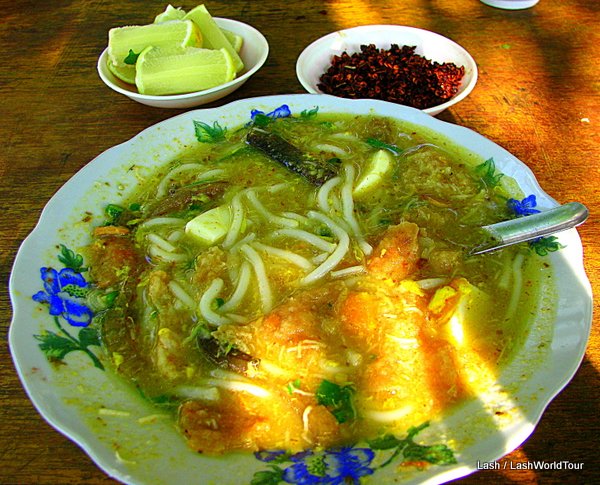
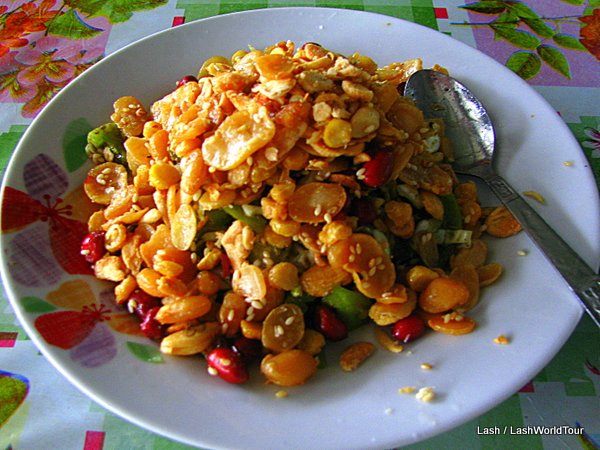
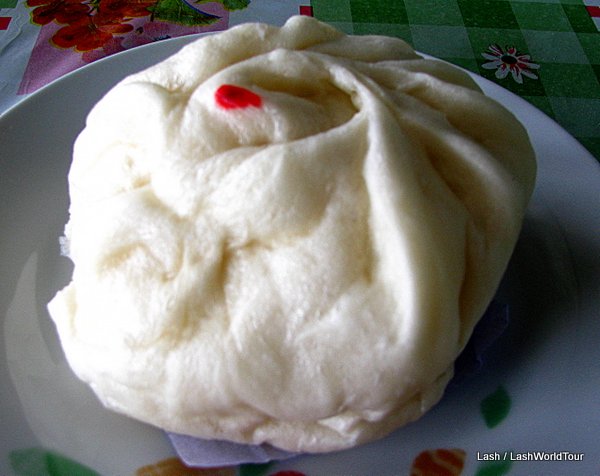
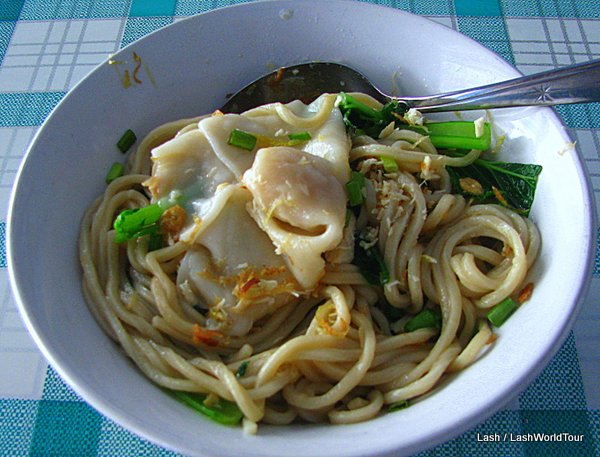
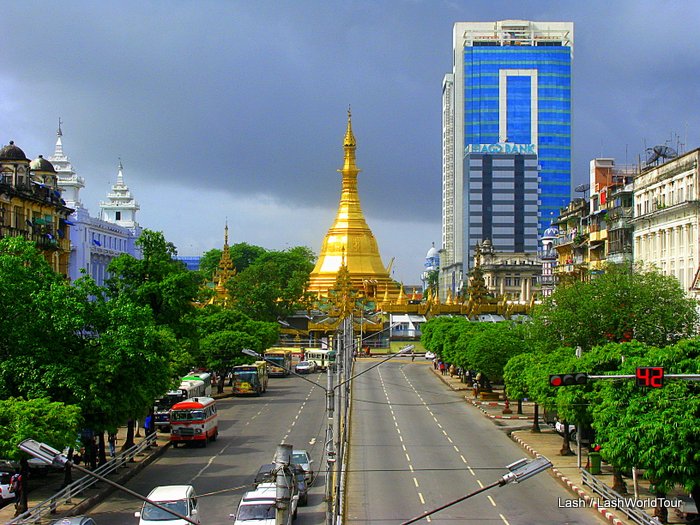
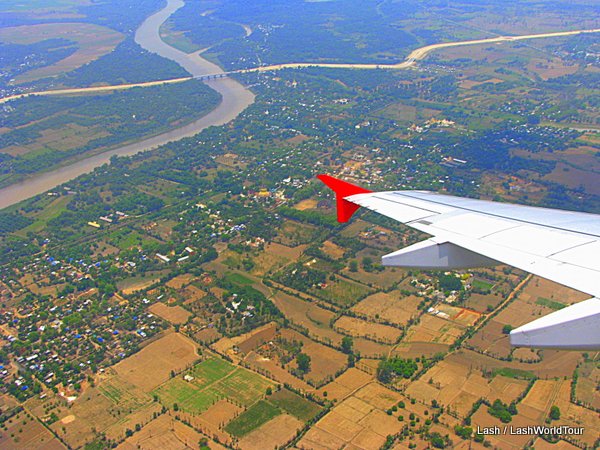



 Hi! I'm Lash, an American nomadic world traveler who's been traveling solo since 1998. I’m passionate about traveling the world nomadically and then sharing it all with you. I hope to inspire you to travel the world, to entertain you with tales from the road, and to help you reach your travel dreams. Welcome!
Hi! I'm Lash, an American nomadic world traveler who's been traveling solo since 1998. I’m passionate about traveling the world nomadically and then sharing it all with you. I hope to inspire you to travel the world, to entertain you with tales from the road, and to help you reach your travel dreams. Welcome! 




1 ping
2013 Travel Tips on LashWorldTour » LashWorldTour
2014/01/15 at 3:53 pm (UTC 8) Link to this comment
[…] Five Delicious Local Foods to Try in Myanmar […]